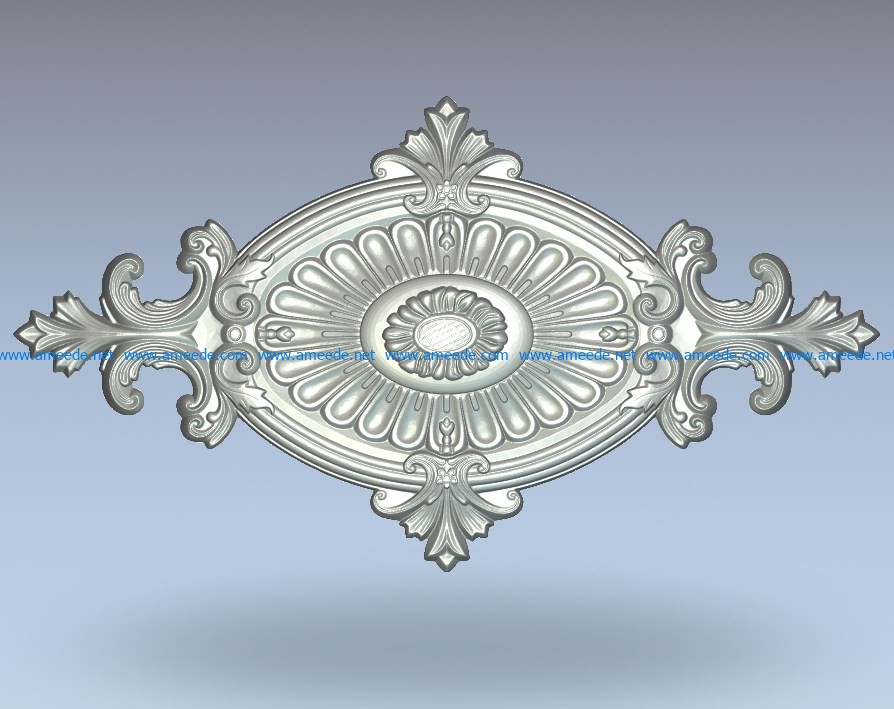

There were also practical innovations: A crown emblem was stamped onto a rook and knight of each side to identify their positioning on to the king's side of the board. The Staunton pawn follows a simple traditional design of a cone capped with a knob, but elaborated in the style of a Victorian architecture balcony.A rook streamlined into clean classical lines, projecting an aura of strength and security.A knight carved as a stallion's head from the Elgin Marbles from the Parthenon.and the pieces were symbols of "respectable" Victorian society:

The appearance of the new chessmen was based on this style. London architects, strongly influenced by the culture of Greece and the culture of ancient Rome, were designing prestigious buildings in the neoclassical style. One theory of the development of the set is that Cooke had used prestigious architectural concepts, familiar to an expanding class of educated and prosperous gentry. Nathaniel Cooke has long been credited with the design. It became known as the Staunton chess set after Howard Staunton (1810–1874), the chess player and writer who was generally considered the strongest player in the world from 1843–1851. It was first released by the purveyors of fine games, John Jaques of London, sport and games manufacturers, of Hatton Garden in London. The pieces were designed to be easy to use and universally recognized by chess players of diverse backgrounds. The Staunton chess set was released in 1849 in response to these issues. Most designs then in use had pieces that were difficult to distinguish, cumbersome during play, and easily tipped. Conventional types popular during the period included the English Barleycorn chess set, the St. George chess set, the French Regence chess set (named after the Café de la Régence in Paris), and the central European forms. The variety and styles of the conventional form, which began in the 15th century, had expanded tremendously by the beginning of the 19th century.

During the late 18th century and early 19th century, the increased interest in the game of chess, particularly in international play, brought about a renewed demand for a more universal model for chess pieces.


 0 kommentar(er)
0 kommentar(er)
